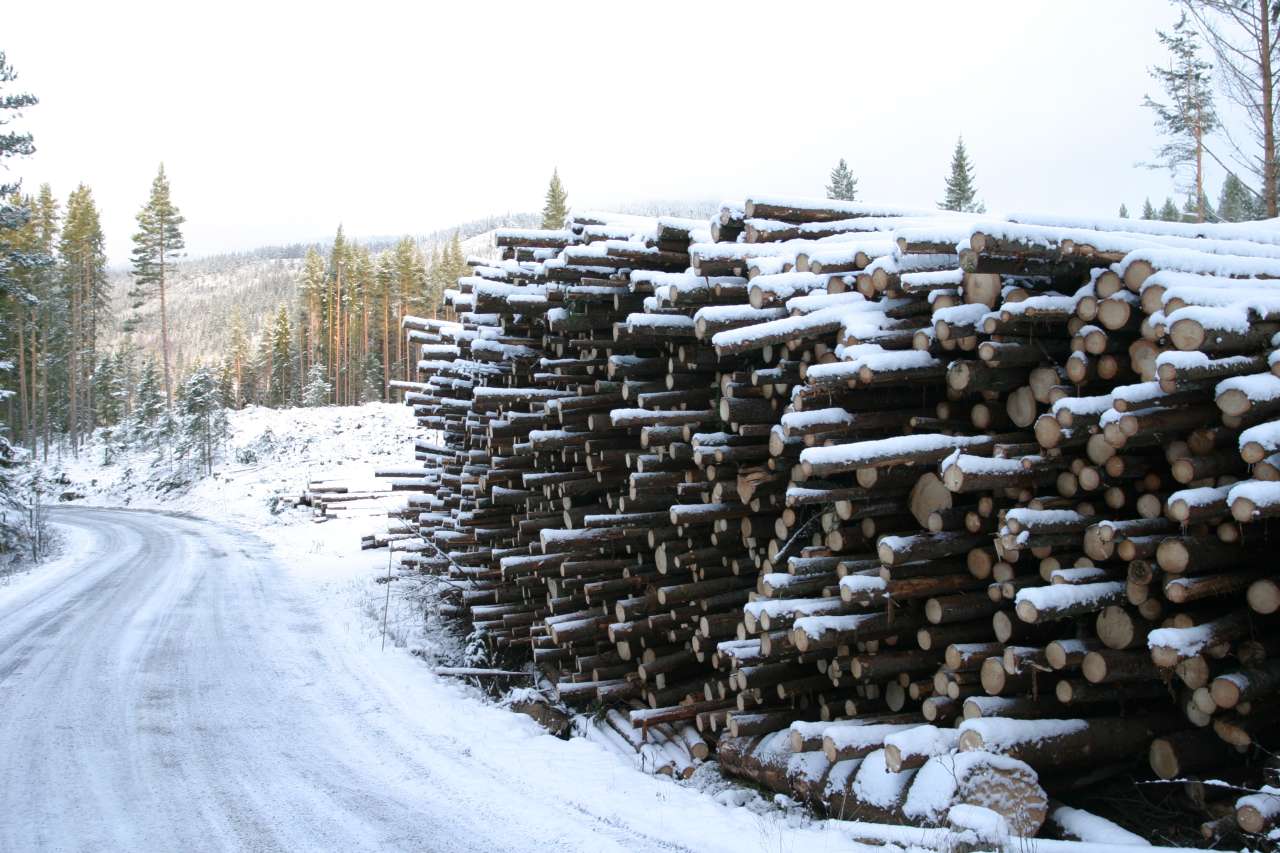Learning from decay fungi

Photo: John Y. Larsson.
Logs could soon be turned into pig feed, food stabilizers and much more.
“Brown rot fungi are the most common wood decaying organism in our northern, boreal forest areas. They do a priceless job of breaking down dead trees in the forest. Without them, there would be mountains of trees and twigs,” explains biologist and Research Professor Gry Alfredsen.
What if we could learn from the brown rot fungi’s unique ability to break down trees?
“What makes brown rot fungi unique is their ability to break down cellulose and hemicellulose efficiently,” explains Alfredsen.
Cellulose and hemicellulose are fibers constructed from carbohydrates. Together with lignin, they form the wood of a tree. The depolymerization by the brown rot fungi result in short-chain sugar compounds, which are carbohydrates that, in theory, can be used in other contexts, such as animal feed, food preparation and fuel production.
The discovery of a new group of enzymes called lytic polysaccharide monooxygenases (LPMOs) is an interesting example. This group of enzymes was discovered at NMBU in 2010 and contributes to more efficient biorefinery processes, when timber is broken down and converted into new products.
Another example is wood protection. Knowledge about how the brown rot fungi breaks down timber teaches us how to best protect timber buildings and wood structures from fungi attacks, helping to extend lifespans and increase carbon storage.
Hemicellulose, one of the main components in timber like spruce, is also interesting.
The carbohydrates in hemicellulose are similar to components used in foodstuffs. Interesting work is done by Norwegian University of Life Sciences on this topic.
“It may sound strange to use trees for food, but it is actually very practical to do so. There is a lot of forest in Norway. If we are successful in extracting useful carbohydrates from these trees, the potential is enormous,” Alfredsen concludes.
Contacts

Contacts

